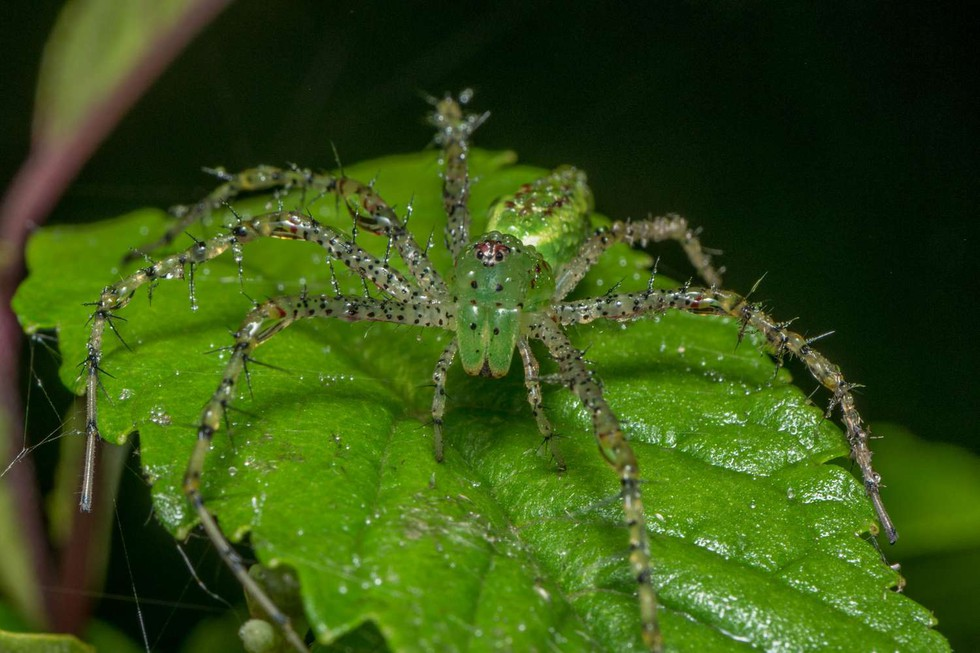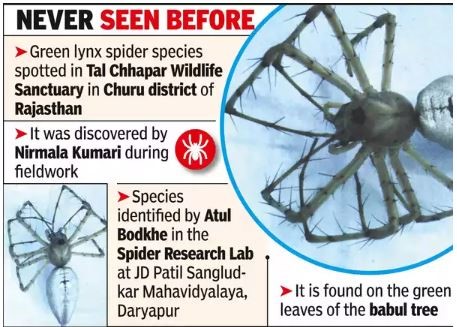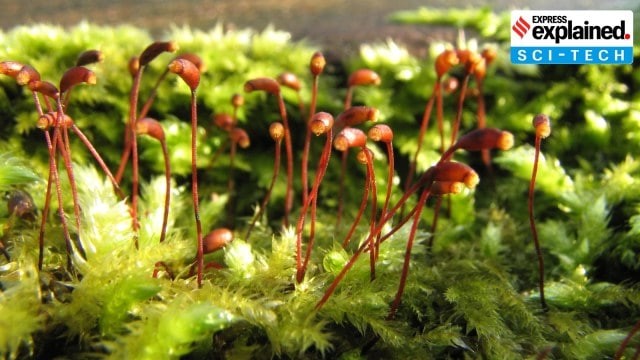





Disclaimer: Copyright infringement is not intended.
Context:
Peucetia chhaparajnirvin
Characteristics:

Source:
|
PRACTICE QUESTION Q)Which of the following accurately describes “Peucetia chhaparajnirvin” recently seen in the news? A) A newly discovered species of green lynx spider. B) A rare breed of babul tree found in Tal Chhapar Wildlife Sanctuary, Rajasthan. C) A species of jellyfish native to the Andaman and Nicobar Islands. D) An indigenous plant species identified in the Buxa Tiger Reserve in Assam. Answer: A |







© 2025 iasgyan. All right reserved